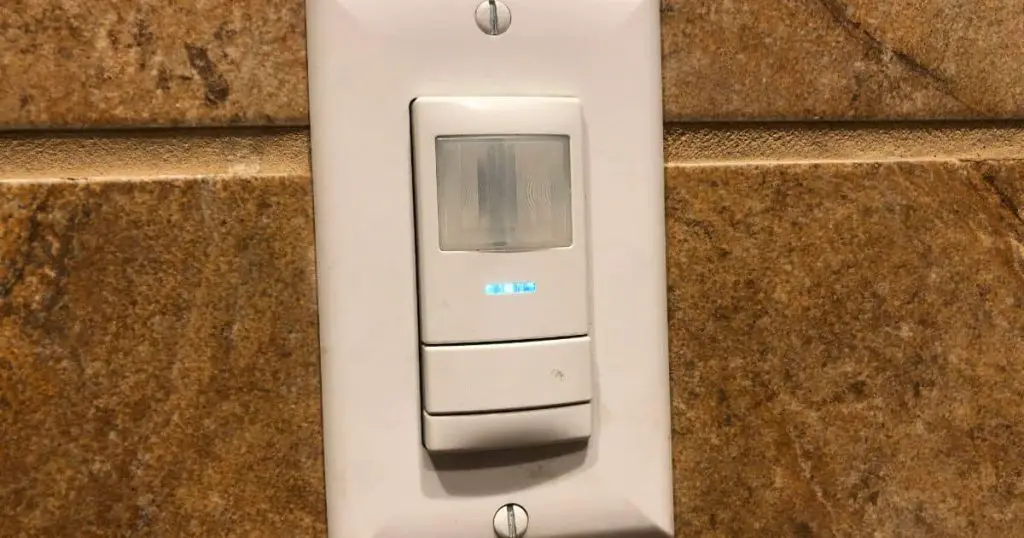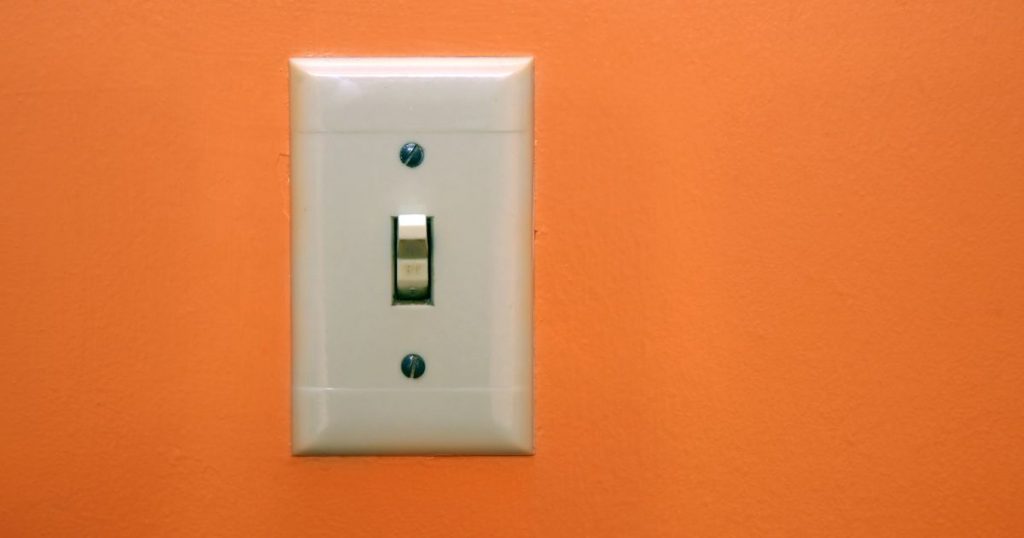Motion sensor lights are some of the most innovative house design technology we’ve perfected over the past decade. It’s great not to worry about the electricity bill when these energy-efficient lights turn on and off by themselves.
Motion detector lights are triggered by movement and come with varying sensitivity settings. The movements of relatively small animals might set them off. Ideally, they come in handy for identifying intruders. For instance, outdoor sensors are triggered anytime someone walks up to your porch.
The motion detector lights serve as a safety measure in addition to any surveillance camera you’ve installed. Intruders will often balk at the sight of motion sensor lighting in action, and even if they don’t, your surveillance setup can identify them. Sensory lights can act as deterrents for intruders who might spot them and change their minds about approaching your home.
However, even the best technology can experience difficulties due to improper installation, water damage, storm damage, or even power surges. Let’s explore how to fix motion sensor light switch devices.
How Do Motion Sensor Lights Work?
Motion sensors use infrared energy or infrared sensors to detect motion and are also known as pyroelectric or passive infrared detectors (PIR).
The technology works by detecting infrared energy from other sources that come into contact with it. For instance, humans emit infrared radiation at 9-10 micrometers. The sensors detect this radiation through sensitivity to the temperature within their range.
It’s fascinating how the sensor is sensitive to motion, but not an object, person, or animal that is stationary. This is because the sensor is similar to a photosensor. Infrared light uses electrons to detect motion.
When people move, the motion sensor specifically detects quick changes in infrared energy within specific range settings. Otherwise, it would detect all sorts of changes in infrared energy, thus constantly sending signals, setting off lights, and in short, being a nuisance.
Some common types of motion sensor devices are microwave sensors, active infrared sensors, dual tech sensors, photoelectric sensors, ultrasonic sensors, occupancy sensors, and, as we’ve mentioned above, passive infrared detectors.
Why Is My Sensor Switch Not Working?

There can be several reasons why this is happening, including inefficient light bulbs, incorrect switch placement, level of heat or temperature, dirt, etc.
Sometimes, the lights won’t switch on at all. Another problem you might face is the light never turning off, likely due to sensitivity settings, even if they’re meant to turn off between 30-60 seconds after all motion has stopped.
Inefficient Bulbs
One reason that might be causing the light to malfunction might have nothing to do with the lights but everything to do with your bulbs.
If you’ve been using the same bulbs for a while, it might be worth it to check if the bulbs still work. Bulbs can wear out after prolonged use, especially if they’ve been functioning at high temperatures.
Incorrect Switch Placement
You might want to check if the detector is placed correctly on your wall or mounted.
If it is not pointed in the direction of where most people will approach it, thus triggering it to come on, that defeats the purpose of having a motion-sensing light in the first place.
Heat Levels
Motion-sensing lights are sensitive to temperature. In colder temperatures, their sensitivity increases because it is easier to gauge objects radiating heat in a colder detection zone.
Higher temperatures, on the other hand, have a different impact. The sensor’s sensitivity decreases because heat radiation from people isn’t as evident within an already heated zone of detection.
Dirt
If you’ve been too busy to clean your switch, there’s a chance it might just be too dirty to pick up on motion. If this is the case, all you need to do is dust it off.
Your sensor could be covered in grime, especially if you live in an area with high levels of air pollution due to industries or construction. You might want to use a cleaning spray that is compatible with the sensor.
How To Fix Motion Sensor Light Switch

You can try a few methods to fix the switch before buying a new sensor or shelling out more money than necessary.
Reset It
Here’s a simple process you can follow to reset the light.
First, turn off the light fixture’s circuit breaker. Do this for half a minute. If your fixture comes with a light switch, proceed to turn it on and off for two seconds, respectively, and then turn it on once again.
You can also try rapidly switching it on and off a couple of times, at least until you’re sure the light will remain switched on.
If this doesn’t work, or if you’re unsure how to tackle the breaker, it’s always a good idea to look at the instruction manual. You might have to switch off the sensor’s power supply for up to 60 minutes for the reset to be effective.
Adjust The Sensitivity
One method that might work is adjusting the sensitivity levels of the switch. Adjust it according to human movement rather than the movement of any random animal or insect that might wander by.
It’s not too hard to change the sensitivity settings.
Motion sensors will usually have some sort of dial labeled range or just sensitivity. This dial is most likely placed at the back of your motion sensor. If not, check the bottom. In some cases, you might need to take off the switch’s “junction” box for adjustment.
Configure the dial at the center of the minimum and maximum settings. Once you’re done, test it out. You can do this by walking past the sensor in what is called the zone of detection. This is the area monitored by the sensor.
If the sensor is not mounted in the right place or correct wall, it might be completely missing out on the detection zone. You might have to dismount it and adjust for both height and direction. As we’ve mentioned above, test it for movement and adjust as required.
If the sensors are placed indoors, there’s a chance they might be picking up on central heating vents or condenser units from air conditioners. In this case, you might have to lower the detection settings.
You might also need to check if the sensor is in sleep mode. You can do this by checking if the LED light is on. If it isn’t, it’s very likely the sensor is not active.
Check The Override Function
In some cases, your motion light will just not turn off, which can be energy-consuming and rack up the bill you wanted to avoid in the first place.
The override function will keep your lights on until you can disengage the function. Sometimes, the override function can be activated when the lights turn on and off too many times in a row.
Power outages can also trigger it due to fluctuations in energy, which might simulate the action of the switch being turned on and off several times. You can turn this function off by switching off the sensor and waiting for up to a minute before turning it on.
If that isn’t effective, you might need to turn off your house’s lighting circuits from its circuit board for a minute. It’s best not to purchase sensors with this function in the first place.
If none of these solutions seem to work for you, contact professionals to deal with the problem, or purchase new lights.
Can You Temporarily Turn Off the Motion Sensor?
Yes, and here’s an easy way to do it.
Take a look at the sensor’s fixture. There should be an option that says “on time,” located somewhere at the bottom of the fixture, right underneath the sensor itself. Do not set this switch to the test position.
The light will usually be connected to a flip — turn this off. If you’re having trouble finding the switch, test all the options or experiment with the on-time option. If this doesn’t work either, consult the manual.
Conclusion
Motion sensors are effective technology for keeping you and your loved ones safe and helping you enjoy the convenience of smart-tech living. From dirty bulbs, to changes in temperatures, sensitivity levels, or inefficient bulbs, there are plenty of reasons why your light switches might not be working.
We hope to have provided you with the perfect solutions for how to fix motion sensor light switch issues, but if this is not the case, always seek help from experts in the field.

